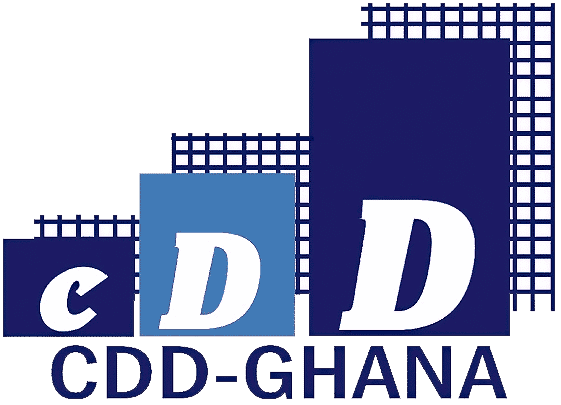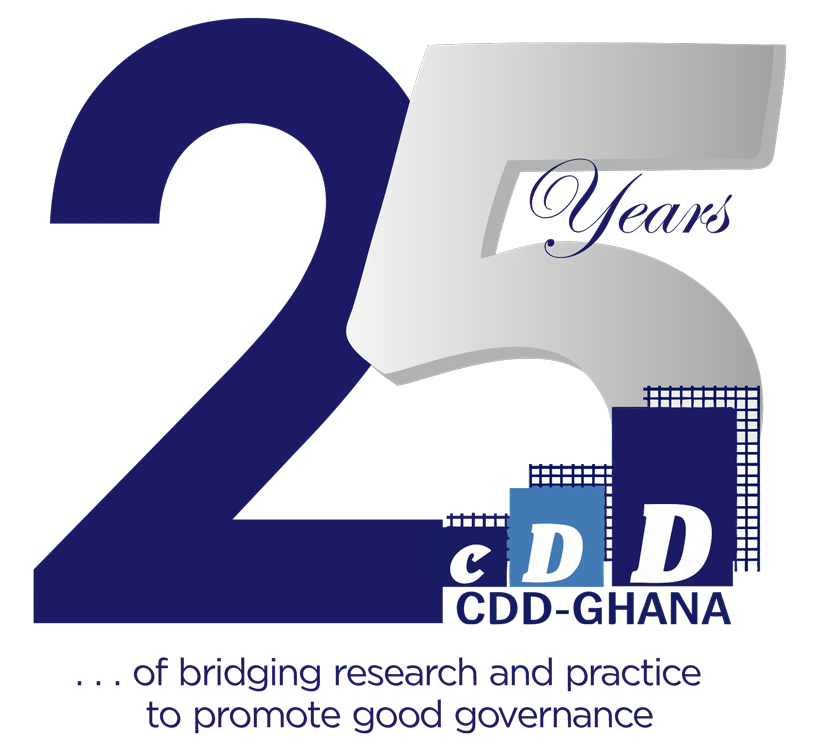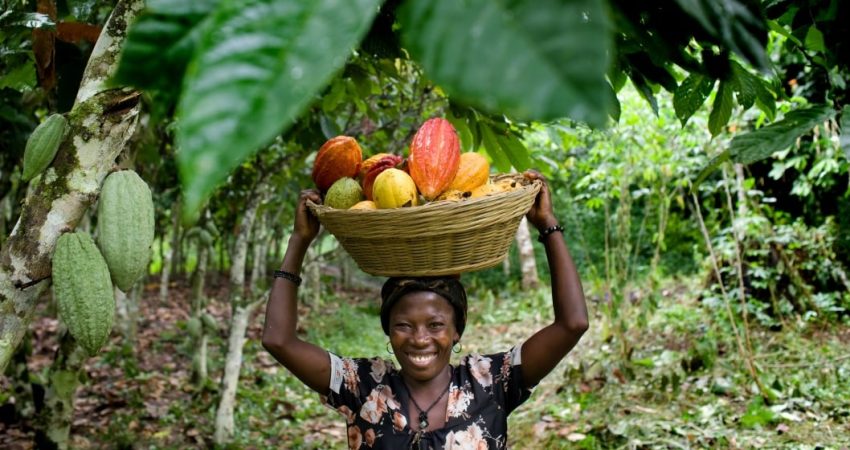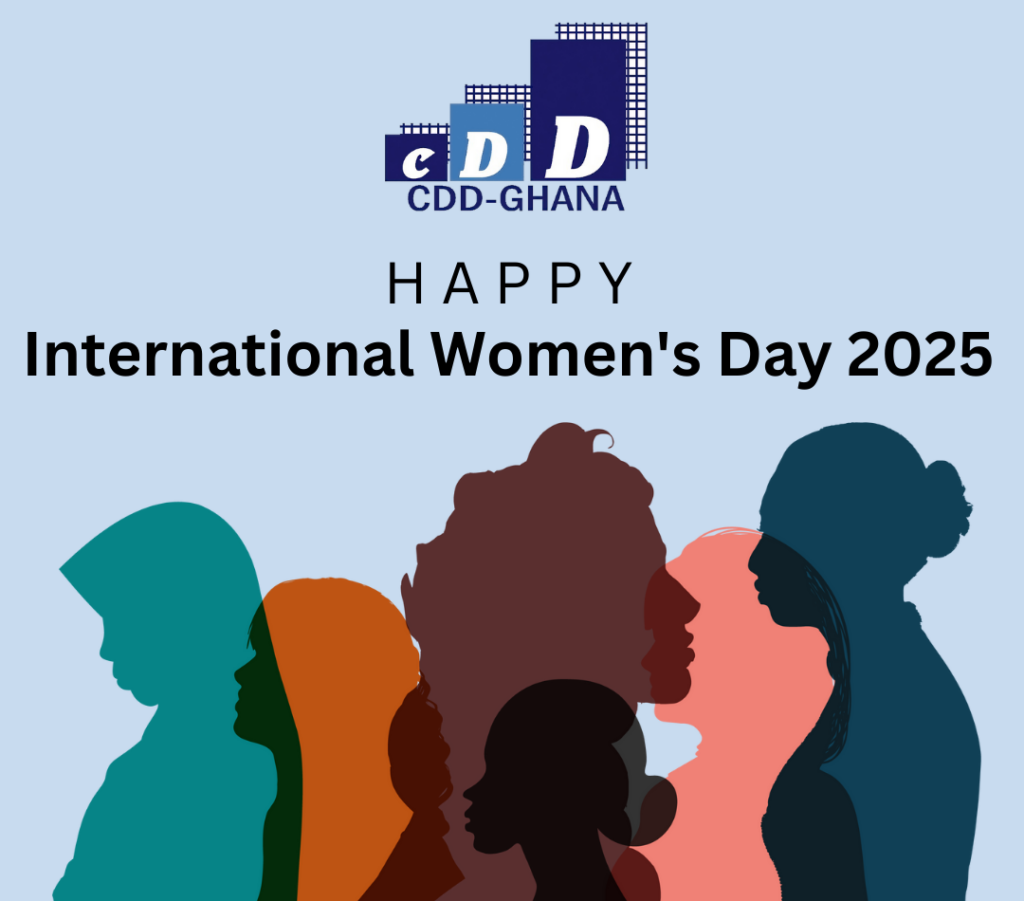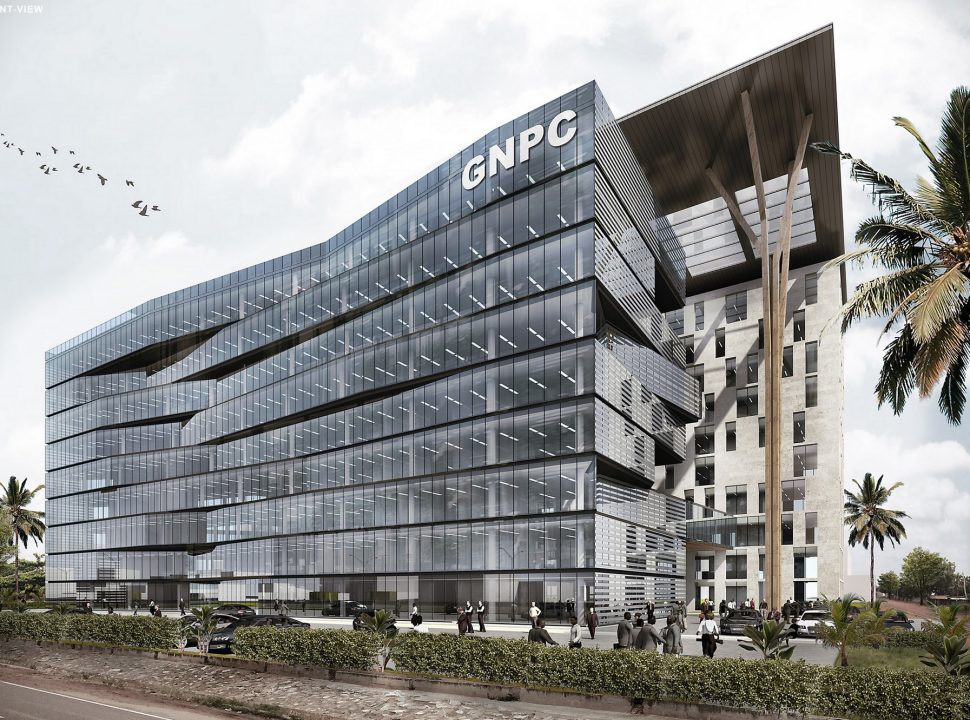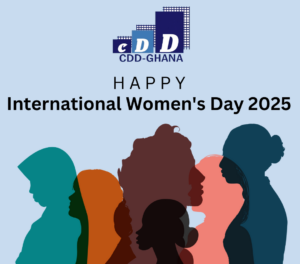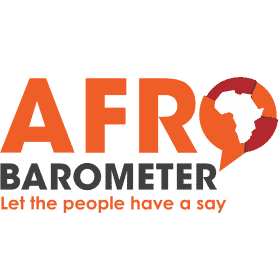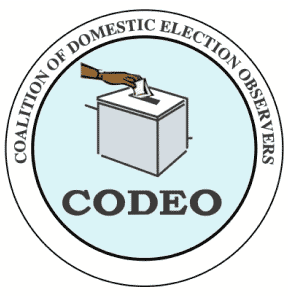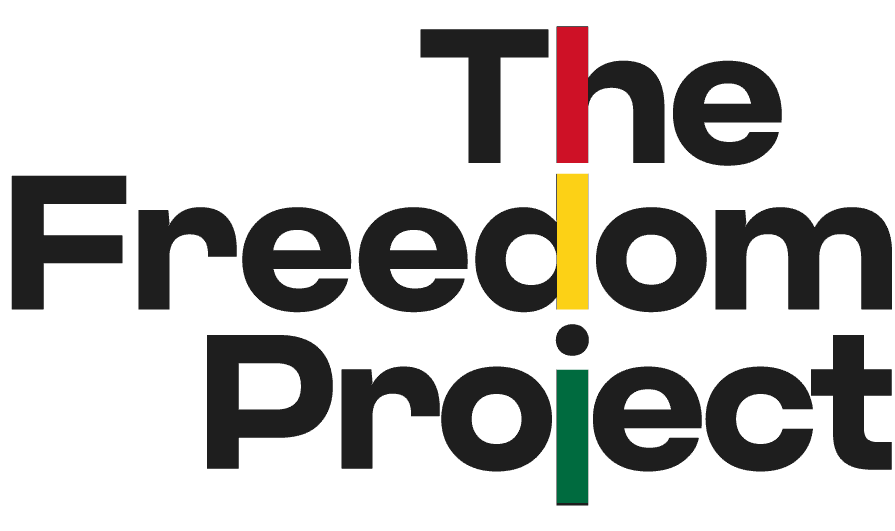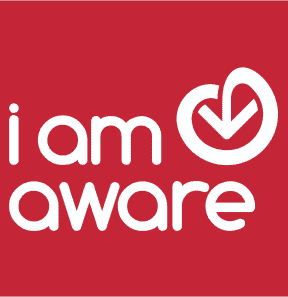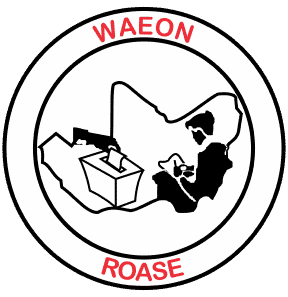The Mid-Year Fiscal Policy Review of the 2023 Budget Statement and Economic Policy of the Government of Ghana was presented to Parliament on July 31, 2023. As part of the presentation, the Honorable Minister for Finance, Ken Ofori-Atta, provided an update on one of the required structural reforms of the current International Monetary Fund (IMF) program – The COCOBOD Turn Around Strategy. On the morning of August 8, 2023, The Minister for Agriculture, Bryan Acheampong spoke in general terms about the strategy. He promised that, in the coming weeks, the full details will be shared by the president.
While we wait for the full details, there is a major change worth acknowledging– a new and different approach to determining the producer price of cocoa.
The Old Approach
During my doctoral dissertation research, a decade ago, this is the understanding I gained of how the producer price is determined. The Producer Price Review Committee (PPRC) first determines the expected revenue by estimating the following – a) the world market price of a tonne of cocoa; b) the dollar-cedi exchange rate; and c) the expected crop size for the upcoming year. The expected revenue or what is referred to as gross freight on board (Gross FOB) is the estimated total crop size multiplied by the estimated price (the converted world market price from dollars to cedis).
Once the revenue estimation is done, the committee proceeds to determine the operational costs of COCOBOD. These operational costs are deducted from the expected revenue. But it does not end there. The official policy has always been to pay farmers a percentage of net freight on board (Net FOB). To get the net FOB price, the net revenue is divided by the expected crop size. From the net FOB price, a percentage is set aside for the farmer as the producer price for the season. Governments have generally pledged about seventy percent (70%) of the net FOB for farmers.
The New Approach
The Finance Minister said the following, “Mr. Speaker, the major reform in the PPM (producer price mechanism) involves a change in the Producer Pricing formula, from Net FOB to Gross FOB”.
I believe the new approach will work like this. The Producer Price Review Committee (PPRC) first determines the expected revenue by estimating the following – a) the world market price of a tonne of cocoa; b) the dollar-cedi exchange rate; and c) the expected crop size for the upcoming year. Recall that the expected revenue or what is referred to as gross freight on board (Gross FOB) is the estimated total crop size multiplied by the estimated price (the converted world market price from dollars to cedis). From this, the gross FOB price, a percentage (yet to be disclosed) will be set aside for the cocoa farmer as the producer price.
A Boost For Cocoa Farmers
Under the old approach, keep these points in mind. First, the farmer’s fate and expectation of a good producer price hinges on a) the world market price of cocoa; b) the exchange rate; c) a healthy harvest season; and d) the operational costs of COCOBOD. Second, the estimated crop size has, in my opinion, a neutral effect on the hardworking farmer because it is used twice – a) to estimate the gross FOB, a positive thing; and b) to determine the net FOB, after which the farmer gets their cut, a negative thing. Lastly, the price determined is only a recommendation to the government.
Compare the new approach to the old and keep these points in mind. First the farmer’s fate and expectation of a good producer price hinges on a) the world market price of cocoa; b) the exchange rate; and c) a healthy harvest season. The famer no longer has to bear the brunt of the operational costs of COCOBOD. Second, the estimated crop size will be counted once, have a positive effect, and reward the hard work of the farmer. Lastly, the price determined will be legally binding.
The price determination process is no easy task because there is lack of total control over the exchange rate, the expected crop size, and the anticipated world market price of cocoa. This is further complicated by the politics of cocoa producer pricing.
The nation has been riding on the backs of cocoa farmers for decades. Anyone who has read the book, Chocolate Nations: Living and Dying for Cocoa in West Africa (African Arguments) by Orla Ryan will appreciate any attempt to reward their hard work by offering a better producer price.
More importantly this new mechanism will remove the incentive for farmers to smuggle their cocoa across the border in search of better prices.
The policy intent is excellent. I hope the implementation goes well. I remain optimistic.
John Osae-Kwapong (PhD) is a Democracy and Development (D&D) Fellow at CDD-Ghana, Associate Provost for Assessment, Accreditation, and Institutional Effectiveness, Baruch College, The City University of New York.
